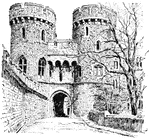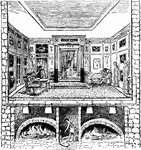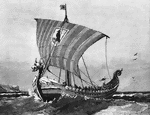
Gothic Architecture Arch Moulding
A Gothic architecture arch moulding used during the fourteenth century. The mouldings were used to decorate…

Gothic Architecture Ornaments Arch Moulding
An example illustration of Gothic architectural ornamentation on arches during fourteenth century.
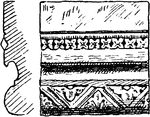
Gothic Architecture Ornaments Wall Moulding
A Gothic architectural ornamentation for wall mouldings. The illustrated moulding is commonly found…

Gothic Architecture Parapet Moulding
Illustration of a Gothic parapet moulding used during the fourteenth century. Parapets are exterior…
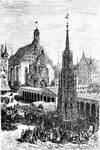
Nuremberg
A market place in Nuremberg. Nuremberg, a city of the Middle Ages, is filled with works of art of the…
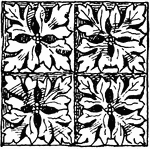
Gothic Architecture Diaper Ornament
A Gothic diaper ornament during the fourteenth century. A diaper ornament is a carved or painted surface…
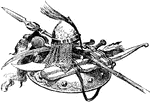
Saracen Arms
"Saracen Arms. Charlemagne now had to deal with certain non-Germanic peoples who were threatening his…

Bodily Strength and Skill
This bodily strength and skill sport was part of the Venetian games during the Middle Ages. It shows…
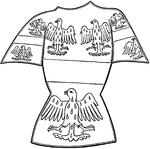
Tabard
A common item of men's clothing during the Middle Ages. It is a short coat with short sleeves or shoulder…

Tournament
"A tournament. The most famous amusement of the chivalrous age was the tournament, which took place…
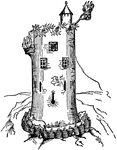
Medieval Watch Tower
"A French watch tower of the fifteenth century in time of the siege. The tower is lighted by means of…
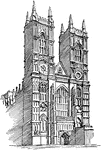
Westminster Abbey
The gothic architecture of Westminster Abbey, the great church in London, England.
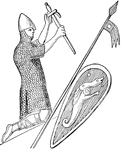
William the Conqueror
"William the Conqueror (1066-1087), as represented on his seal. Although William really ruled 'as king…
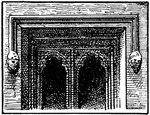
Newarke Gateway Leicester Window
The window from Newarke Gateway at Leicester illustrating typical architectural ornamentation during…

A Woman in a Dress - 12th Century, with Long and Hanging Sleeves
"At different times during the middle ages extraordinarily long, pendant sleeves were in use, sometimes…
